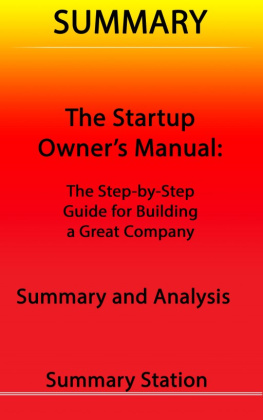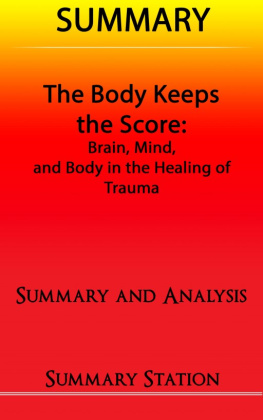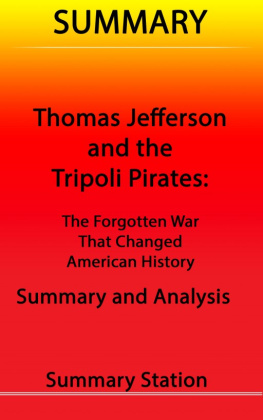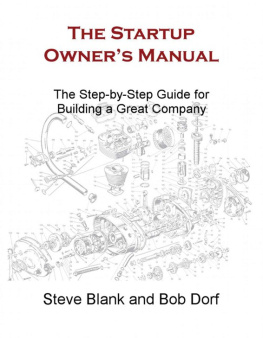Summary
The Startup Owners Manual:
The Step-By-Step Guide for Building a GreatCompany
Summary and Analysis
By Summary Station
Copyright 2016 by Summary Station
All rights reserved. This book or any portionthereof
may not be reproduced or used in any mannerwhatsoever
without the express written permission of thepublisher
except for the use of brief quotations in a bookreview.
Printed in the United States of America
First Printing, 2016
Smashwords Edition
Tableof Contents
Chapter One
This first chapter explains nine commonmistakes that business owners make. They are refered to as the ninedeadly sins.
The nine deadly sins are as follows:
1.Assuming that you already know whatyour customers want- This is an assumption where business ownersthink they know what product their potential client may want andhow to sell the product to the potential client. Founders need toget out of the bulding and get into the field, interact withpotential clients and ask questions so that the founders may turntheir hypotheses into facts.
2.Assuming you know what features yourcustomers are expecting to come with your product- Being driven bythe first sin, founders will now think they know exactly what tocreate and all the features it should have without knowing if thefeatures appeal to customers.
3.Focus on Launch Date- Often times,companys do not know who their customers are or how to sell tothem, but are only focused on producing their product on the settime and date they had set.
4.Emphasis on Execution Instead ofHypotheses, Testing, Learning, and Iteration- Existing companieswhich already have costumers can execute business models and have anumbr of knowns, but startups should be testing all theirhypotheses and learning from the results even though many of theirhypotheses may turn out wrong.
5.Traditional Business Plans Presume NoTrial and No Errors- If the product fails, everyone should stop andfix it, but many of the sales and marketing reps lack the abilityto do this.
6.Confusing Traditional Job Titles withWhat a Startup Needs to Accomplish- Using the title of a SalesRepresentative is borrowed because startup team members havelittle to no experince. Target customers, product specificationsand product presentations may change often, hence entrepreneursmust be highly curious, inquisitive, and creative.
7.Sales and Marketing Should Execute aPlan- Comparing progress to a product launch or revenue plan issimply false progress. This is so because there was no realcustomer feedback, only assumptions.
8.Presumption of Success Leads toPremature Scaling- The only time hiring and spending shouldincrease is when sales and marketing have become predictable,scalable, and repeatable.
9.Management by Crisis Leads to a DeathSpiral- No business plan survives its first contact with customers.When Webvans sales started to decrease, the vice president ofsales was quickly terminated and a replacement was hired to fix theproblem, but it was already too late. The assumptions in theirrevenue plan were wrong because all the assumptions of the businessplan were untested hypotheses.
Chapter Two
The main purpose of a startup is to validateits business model hypotheses, and then it moves into executionmode. The processes used to organize and implement the search forthe business model are Customer Development and Agile Development.The Customer Development model explains all the customer-relatedactivities of an early-stage company.
The steps are:
Customer Discovery - This is where the founders vision is turnedinto a series of business model hypotheses. Then it is developedinto a plan to test customer reactions to those hypotheses and turnthem into facts.
Customer Validation - This tests whether the resulting business modelis repeatable and scalable. If not, return to customerdiscovery.
Customer Creation - This can be described as the start of execution.It builds end-user demand and drives it into the sales channel toscale the business.
Company Building- transitions the organization from a startup to acompany focused on executing a validated model.
When the business model is found, theexecution process begins. The product execution process manages thelife cycle of existing products and the launch of follow-onproducts, it is the job of the product management and engineeringorganizations. The end result is a linear process where the planmade is refined into detail. A Business Requirement Document (BRD)leads to a Market Requirements Document (MRD) and then gets handedoff to engineering as a Functional Specifications Document (FSD)implemented via Agile or Waterfall development.
In the Customer Development Manifesto thereare fourteen rules:
1. There are no facts inside yourbuilding, so get outside.
2. Pair customer development with agiledevelopment.
3. Failure is an integral part of thesearch.
4. Make continuous iterations andpivots.
5. No business plan survives firstcontact with customers so use a business model canvas.
6. Design experiments and test tovalidate your hypotheses.
7. Agree on a market type, it changeseverything.
8. Startup metrics differ from those inexisting companies.
9. Fast decision-making, cycle time,speed and tempo.
10. Its all about passion.
11. Startup job titles are very differentfrom a large companys.
12. Preserve all cash until needed, thenspend.
13. Communicate and share learning.
14. Customer development success beginswith buy-in.
Chapter Three
There are four phases of CustomerDiscovery:
Phase 1 separates the founders vision into the nine parts of thebusiness model canvas which are: product, customers, channels,demand creation, revenue models, partners, resources, activitiesand cost structure. The business team should then write one-pagebriefs about each of the hypotheses, including the list ofexperiments or tests youll need to conduct to prove or disproveeach one.
Phase 2 involves conducting experiments to test your problemhypotheses. This will help you to understand how important theproblem is and how big it can become. Carry out tests on mostelements of the business model, including the value proposition,pricing, channel strategy, and sales process. Your goal is to turnhypotheses into facts or discard them if theyre wrong, and replacethem with new hypotheses. This will help you to gain a deepunderstanding of customers business, workflow, organization, andproduct needs. When all the facts are in, update your results onthe canvas.
In Phase 3 , test your solution, presenting your value propositionsuch as product, pricing, features, and other business modelcomponents and the minimum viable product to customers and comparetheir responses to the pass/ fail goals you developed earlier.For a web-based product, the MVP is a live site, a live demo, afeature, a piece of functionality, or content. On the internet,customers should engage and interact, spend time on it or with it,appear in droves, come back repeatedly, and bring theirfriends.
In Phase 4 , stop and assess the results of the experiments youveconducted and confirm that you have:
1. A full understanding of customersproblems, passions, or needs
2. A value proposition which solvesproblems, passions, or needs
3. Determined that a sizable volume ofcustomers exists for the product
4. Learned what customers will pay forthe product
5. Made certain the resulting revenueshould deliver a profitable business.
With your product features and business modelvalidated, you should then decide whether you have learned enoughto go out and try to sell your product to a few visionarycustomers, or whether you need to go back to customers to learnsome more. If you are successful in this step proceed to customervalidation.












